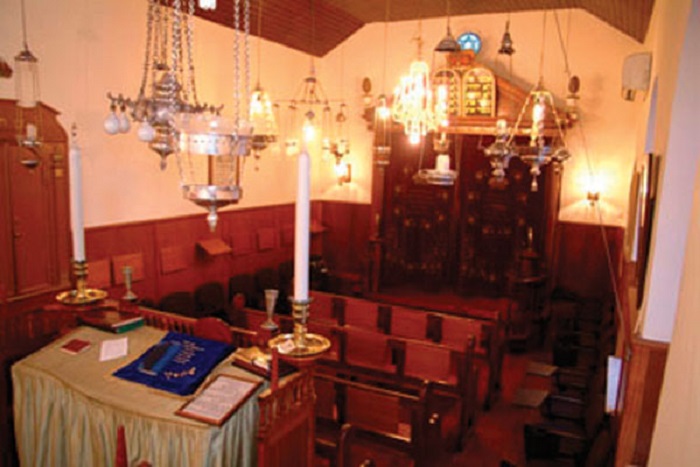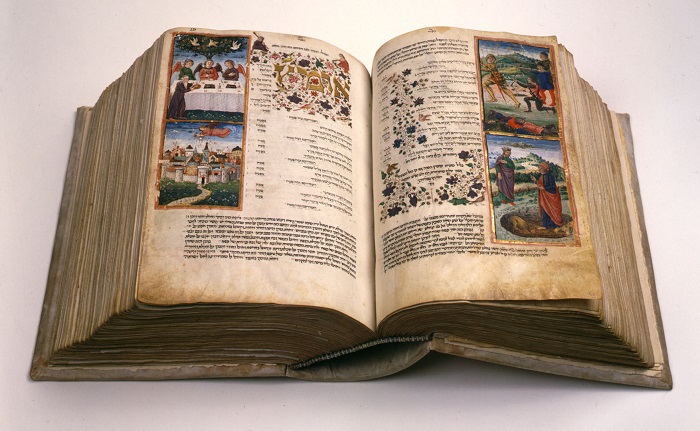ENGLISH CORNER, CON LINDA JIMÉNEZ – Sukkot (pronounced Sukkos by Ashkenazi Jews), is a biblical Jewish holiday beginning on the 15th day of the month of Tishrei, between late September and late October. It is one of the three biblically mandated festivals on which ancient Hebrews were commanded to make a pilgrimage to the Temple in Jerusalem, the other two being Passover and Shavuot.
The holiday lasts seven days in Israel and eight in the diaspora. The first two days are sabbath-like holidays when work is forbidden. The Hebrew word sukkot is the plural of sukkah, which means “booth or tabernacle”. This is a temporary hut constructed specifically for use during this festival. It has at least three sides, with a roof made out of thatch or branches, providing some shade and protection from the sun, but also allowing the stars to be seen at night. It is often decorated with autumnal, harvest or Judaic themes.
The origins of Sukkot are found in an ancient autumn harvest festival. Much of the imagery and ritual of the holiday revolves around rejoicing and thanking God for the completed harvest. The sukkah represents the huts that farmers would live in during the last hectic period of harvest before the coming of the winter rains. As is the case with other festivals whose origins may not have been Jewish, the Bible reinterpreted the festival to give it a specific Jewish meaning. So according to the Book of Leviticus, the sukkah is intended as a reminiscence of the type of fragile temporary shelters the Israelites lived in during their 40 years of wandering in the desert after the Exodus from slavery in Egypt.
Throughout the holiday, meals are eaten inside the sukkah and some people sleep there as well. On each day of the holiday, members of the household recite a blessing over the lulav, which is a closed frond of the date palm tree, bound with boughs and branches of the willow and myrtle trees and etrog or yellow citron. These are known as the “four species”.
This week, I’m going to read you The Big Sukkah, a story by Abraham Reisen. He was born in Russia in 1876 and died in New York in 1953. Before settling in the United States in 1914, Reisen lived in several Russian and Polish cities, publishing countless poems and short stories in many Yiddish periodicals, and he was also the editor of several Jewish magazines. Reisin’s writing has a deep human quality. His poems have a special lyrical beauty and directness, and many of them became popular as folk songs. His stories are simple, depicting everyday events, both sad and humorous, and show a wonderful understanding of the men, women, and children, Jew and Gentile, about whom he wrote.
This story is taken from the anthology “A Treasury of Yiddish Stories”, edited by Irving Howe and Eliezer Greenberg, and published by Schocken Books in 1973.




